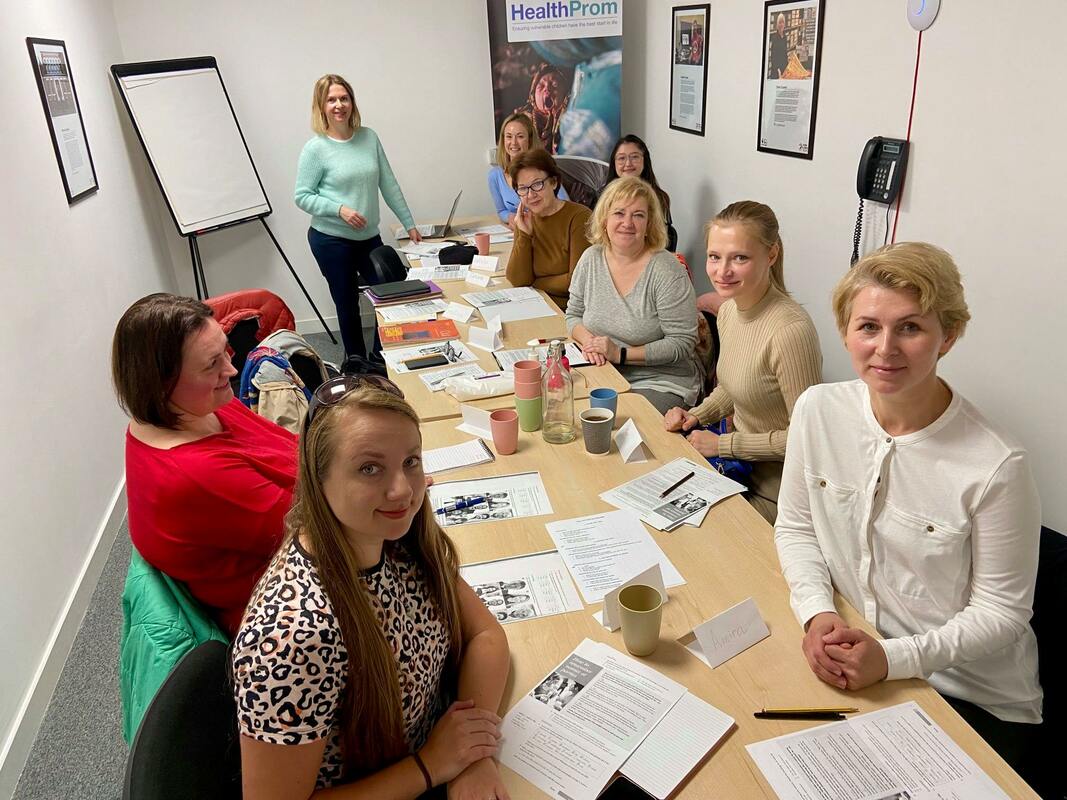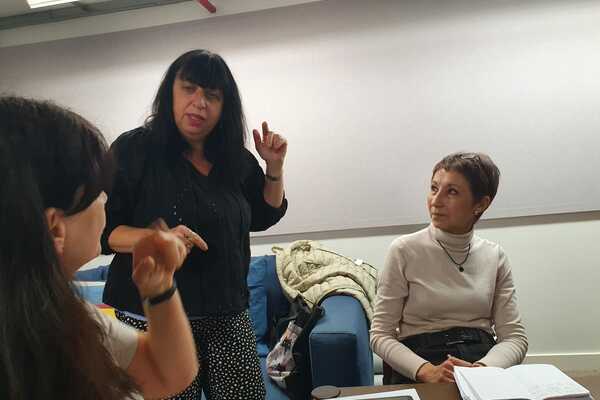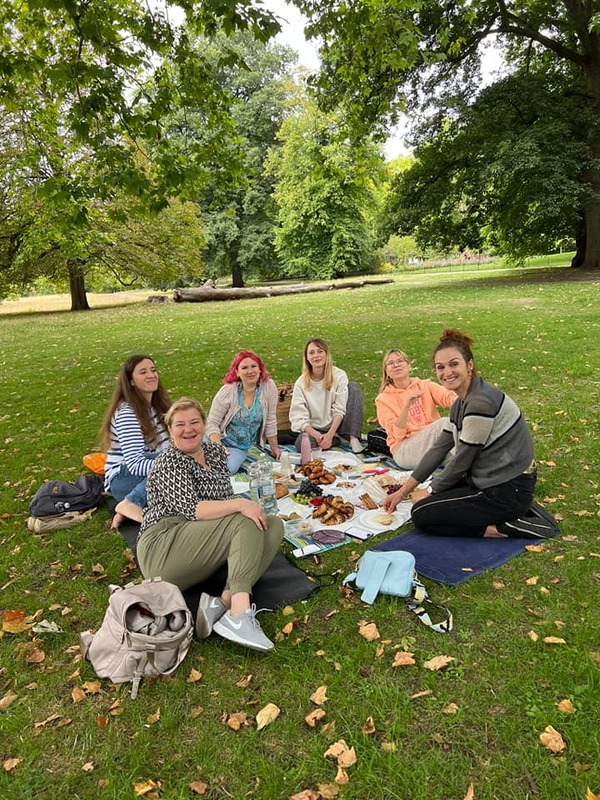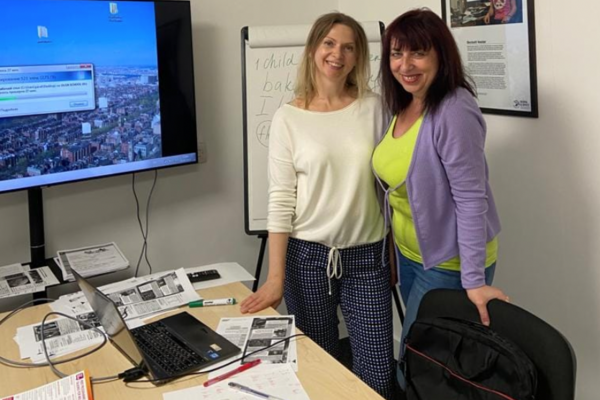In the last year, the world has been shaken by two major events - the Taliban’s takeover in Afghanistan in August 2021 and the Russian invasion of Ukraine started in February 2022. Both of these events in addition to other major emergencies caused large numbers of refugees to flee to safety. According to UNHCR Global Trends Report 2021, by the end of 2021, there were 89.3 million people displaced by war, violence, persecution, and human rights abuses. This is more than double the number at the end of 2012, just ten years ago. The Russian invasion of Ukraine earlier this year has caused one of the worst forced displacement crises since World War II and brought the above figure over 100 million. As the war continues, this number also continues to rise, and nobody can predict what awaits the world in the next six months.
Key facts about refugees [i]:
• UNCHR also reported that in 2021 there were 27.1 million refugees globally and the number of asylum seekers reached 4.6 million.
• 69% of all refugees and people displaced abroad came from just five countries –Syrian Arab Republic (6.8 million), Venezuela (4.6 million), Afghanistan (2.7 million), South Sudan (2.4 million) and Myanmar (1.2. million)
• Afghans represent the third-largest refugee population globally, with more than 2.7 million hosted by 98 countries.
• 48 per cent of refugees are women and girls.
Only one year ago nobody could even imagine that Russia would attack its neighbour, Ukraine and that nearly one-third of Ukrainians would be forced to leave their homes. This is one of the largest human displacement crises in the world today. Within Ukraine, over 6.6 million people are already displaced by the war. As of today, UNHCR estimates there are over 6.8 million Ukrainian refugees who have fled to Europe, most of them women and children. According to the UNHCR Ukraine situation update from 26 August 2022, over 3.9 million refugees from Ukraine have registered for temporary protection or similar national protection schemes.

Though pushed off the front pages of international newspapers, Afghanistan continues to face an unprecedented humanitarian crisis. The situation in Afghanistan is exacerbated by the severe economic situation, high levels of poverty, natural disasters (drought and floods) and the COVID-19 pandemic. UNHCR [ii] reported over 700,000 conflict-related internal displacements in 2021 - 80 per cent of them women and children. The total number of IDPs due to conflict countrywide is now estimated at 3.4 million. Some 24.4 million people – 59 per cent of Afghanistan’s estimated 42 million population - will need humanitarian and protection assistance in 2022. This is largely influenced by spiralling food insecurity, dangerous levels of malnutrition, diminished livelihood opportunities, as well as displacement and increasingly complex protection risks and needs. There are also regular reports of violence, bombing and armed clashes.
Many European countries, including the UK, opened their doors to welcome refugees from Afghanistan and Ukraine. On 16 August 2022, the Home Office [iii] reported that a total of 177,000 visas for Ukrainians had been issued – 49,700 through the Ukraine Family scheme and 127,300 through the Homes for Ukraine scheme. 115,200 Ukrainian refugees have so far arrived in the UK. As mentioned earlier, most of the Ukrainian refugees are women and children, as men aged 18 to 60 are prohibited from leaving the country.
In August BBC reported more than 21,000 Afghan refugees had been resettled in the UK since the start of 2021. Most refugees came as part of Operation Pitting, which was the British military operation starting on 13 August 2021 to evacuate British nationals and Afghans from Kabul. Out of this number, 15,000 were evacuated during Operation Pitting and 5,000 have arrived to the UK since.
The large number of Afghan and Ukrainian refugees having arrived in the UK between August 2021 and February 2022 has turned a spotlight on the importance of community-based support programmes for refugees, specifically women refugees, and on the need to understand how best to support and empower them through these programmes, including informal educational programmes.


HealthProm has been implementing a number of overseas and UK-based support programmes for vulnerable women and children since 1984. In the UK our current work is aimed at supporting migrant and refugee women from Afghanistan and Ukraine: we provide free ESOL classes, employment support, mental health support and digital literacy classes for recently arrived Afghan and Ukrainian refugees in north London. Before developing our targeted activities for refugees, we organised an online and face-to-face survey to identify key challenges and issues facing these women, as well as their most urgent needs. Among the most common responses were “I want to learn English” and “I want to find a job”, and currently we have over 70 Ukrainian refugees enrolled on our ESOL classes, both online and offline. But the demand for English classes is much higher.
The research demonstrates that knowledge of English is fundamental to the empowerment of refugee women in this country. At the same time, many refugee women face multiple challenges while accessing English classes and often struggle to find time and other resources to attend free classes due to family caregiving commitments, lack of confidence and many demands on their everyday lives.
The commitment to support refugees’ priority needs, including learning English, is required from the UK Government, local authorities and charities, such as HealthProm. Many community programmes across the UK aimed at empowering these groups and have a focus on ESOL: however experience to date has suggested Ukrainian and Afghani women face other barriers (such as childcare and cultural issues), and mental health is a further factor.
To develop and deliver effective educational programmes for refugee women, we need to adjust our approach to account for these challenges and draw on available research and principles of the empowerment theory, as defined by Kabeer (1999), which would provide an effective means of measuring outcomes for these refugee groups.
It is important to remember that ESOL classes and other community-based educational programmes for refugee women must not only focus on English but at the same time should promote women’s empowerment through learning. To better understand how community-based adult education programmes can support refugee women on the path to empowerment, we can use Nayla Kabeer’s [iv] framework of empowerment which can explain how several intersecting, simultaneously constraining and enabling factors are at play in any given social context: (a) resources, (b) agency, and (c) achievements. A successful empowerment trajectory depends on a person’s ability to use available resources (such as access to education) to expand their agency and to increase valued opportunities and well-being” [v].
Notes:
[i] UNHCR Global Trends Report 2021
[ii] Afghanistan: UNHCR Operational update - June 2022
[iii] www.gov.uk
[iv] Kabeer, N. (1999) ‘Resources, agency, achievements: reflections on the measurement of women’s empowerment, Development and Change, Vol. 30(3): 435-64.
[v] Klenk H. (2017) An Alternative Understanding of Education and Empowerment: Local-Level Perspectives of Refugee Social Integration in the United Kingdom, European Education, 49:2-3, 166-183.
By Tanya Buynovksaya






